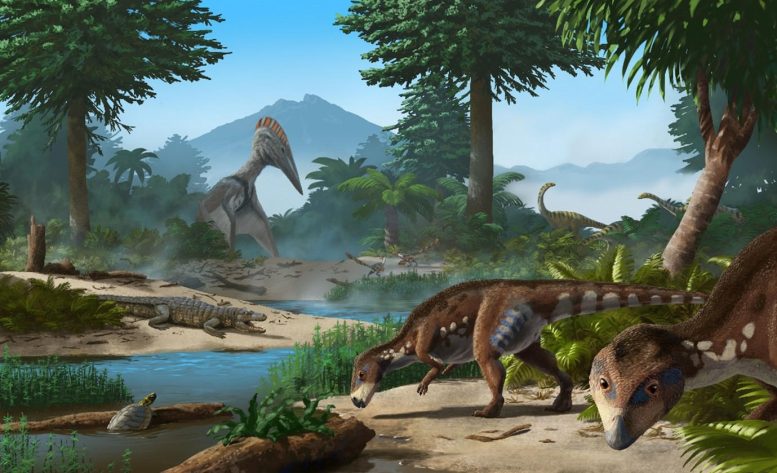
Inhabitants of the “Island of the Dwarf Dinosaurs” in present-day Transylvania in the Cretaceous: Transylvanosaurus (front right), as well as turtles, crocodiles, giant pterosaurs, and other dwarf dinosaurs. Credit: Peter Nickolaus
An international team of scientists have discovered a previously unknown species of dinosaur in Romania and named it after its unusually flat head — and the region where it was discovered, Transylvania.
Herbivore Transylvanosaurus platycephalus, translating as ‘flat-headed reptile from Transylvania’, lived around 70 million years ago and, at only two meters long, it reached only a small body size — much like other dinosaurs in the region, who are therefore recognized as “dwarf dinosaurs.”
Reporting their findings in the peer-reviewed Journal of Vertebrate Paleontology, experts from the University of Tübingen, the University of Bucharest, and the University of Zurich state its discovery disproves the widespread assumption that there was a low diversity of such animals in Europe during the Late Cretaceous period, shortly before the extinction of dinosaurs 66 million years ago.
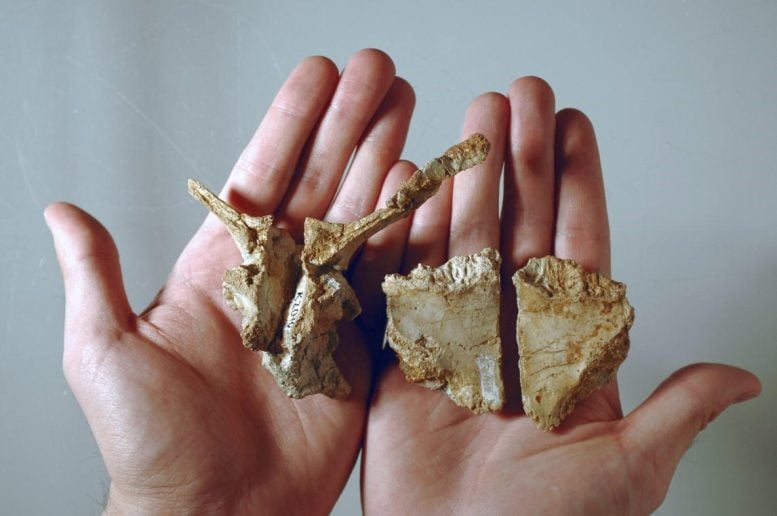
Skull bones of the Transylvanosaurus. Credit: Dylan Bastiaans / University of Zurich
Whilst the head of Transylvanosaurus is described as “long”, and “widely splayed”, with “exceptionally wide frontals” – far wider than other members of the Rhabdodontidae family found in the same area – what was just as surprising to the scientists was why they found Transylvanosaurus on the ‘Island of the Dwarf Dinosaurs’, in what is now Transylvania.
Its nearest relatives have been found in what today is France.
In the new study, paleontologists Felix Augustin from the University of Tübingen, his doctoral supervisor Zoltán Csiki-Sava from the University of Bucharest, Dylan Bastiaans from the University of Zurich/Naturalis Biodiversity Center Leiden, and independent researcher Mihai Dumbravă from Dorset reconstruct various possibilities of how Transylvanosaurus reached present-day Romania. These include a suggestion that as with other Rhabdodontidae from Eastern Europe – the animals could have spread westwards, and later certain species could have returned to Transylvania.
Fluctuations in sea level and tectonic processes might have created temporary land bridges between the many islands and could have encouraged these animals to spread.
Furthermore, it can be assumed that almost all dinosaurs could swim to an extent, including Transylvanosaurus. “They had powerful legs and a powerful tail. Most species, in particular reptiles, can swim from birth,” says Augustin. Another possibility is that various lines of rhabdodontid species evolved in parallel in eastern and western Europe.
For most of the Cretaceous period, which lasted from 145 million years to 66 million years ago, Europe was a tropical archipelago. Transylvanosaurus lived on one of the many islands together with other dwarf dinosaurs, crocodiles, turtles, and giant flying pterosaurs which had wingspans of up to ten meters. “With each newly-discovered species we are disproving the widespread assumption that the Late Cretaceous fauna had a low diversity in Europe,” says Augustin.
During the Late Cretaceous, the Rhabdodontidae were the most common group of small to medium herbivores in Europe.
Precisely how Transylvanosaurus ended up in the eastern part of the European archipelago remains unclear for now. “We have currently too little data at hand to answer these questions,” says Augustin.
The team had only a few bones for the taxonomic classification, and none longer than twelve centimeters: the rear, lower part of the skull with the occipital foramen and two frontal bones.
“On the inside of the frontal bone it was even possible to discern the contours of the brain of Transylvanosaurus”, co-author Dylan Bastiaans, from the University of Zurich/ Naturalis Biodiversity Center Leiden, adds.
Zoltán Csiki-Sava and his team from the University of Bucharest found the skull bones of Transylvanosaurus in 2007 in a riverbed of the Haţeg Basin, in Transylvania, which is one of the most important places for Late Cretaceous vertebrate discoveries in Europe.
A total of ten dinosaur species have already been identified there. “That is unusual. When we do find something, there are often only a few bones; nevertheless, even these can sometimes yield amazing news – such as with Transylvanosaurus now” says Csiki-Sava.
The bones of Transylvanosaurus were able to survive for tens of millions of years because they were protected by the sediments of an ancient riverbed – until another river washed them free again.
“If the dinosaur had died and simply lain on the ground instead of being partly buried, weather and scavengers would soon have destroyed all of its bones and we would never have learned about it,” explains Augustin in conclusion.
Reference: “A new ornithopod dinosaur, Transylvanosaurus platycephalus gen. et sp. nov. (Dinosauria: Ornithischia), from the Upper Cretaceous of the Haţeg Basin, Romania” by Felix J. Augustin, Dylan Bastiaans, Mihai D. Dumbravă and Zoltán Csiki-Sava, 23 November 2022, Journal of Vertebrate Paleontology.
DOI: 10.1080/02724634.2022.2133610

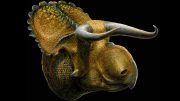
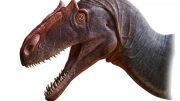
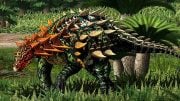
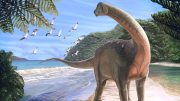
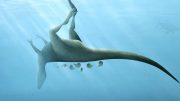
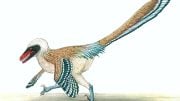
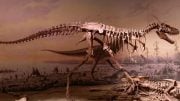
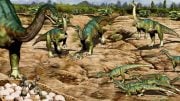
This is not a tetanuran dinosaur so it’s good swimmer because it has gator tail probaly all dinosaur could swim .compsognathus a tetanuran has the longest tail .show that dinosaur can make this not so good tail for swimming work .compsognathus tail is size of aquatic lizard .dinosaur came from a semi aquatic ancestor it’s proven from the tail .I herd tail of tetanuran is fuse that what they mean by stiff tail I do not know if dwarf caiman tail is fuse they say it could not go side to side like normal modern crocodilian it was fix other dwarf caiman is coming close this tail is like tetanuran dinosaur only use for bipedalism not a good swimming tail dwarf caiman is not a good swimmer this is rare for modern crocodilian .many dinosaur are alive today spinosauridae live.on dinosaur great technology the death roll system the vertebrae muscle is different from lizard a clear sign it’s part of the death roll system the muscle is attach to osteoderm the gator turtle shell back a second vertebrae a second back allso sail or neural spine made contact to the osteoderm so it should have unique shape for mesoeucrocodylia so spinosauridae should look the same .the turtle shell shield osteoderm the dwarf crocodile osteoderm shell the call shield there Greek name mite be different skin from triceratops and the mesoeucrocodylia shieldcroc these frill skin allso call shield too that why it name shieldcroc .I allso see why gator sail has to be big the rotate muscle is attach spinoussailneuralspine in human muscle is small so sail is small the death roll muscle in gator is big that why all mesoeucrocodylia have to have a big hump sail .protosuchus has lizard vertebrae muscle because it’s not a death roll animal it eat like most theropod dinosaur up and down a primitive feature in dinosaur.and notalium is notarium.archaeopteryx very birdy feature.
I found some things that are fossil eggs and many other prices just really scratching the surface where I live .I find it hard to talk to any one about dinosaurs and fossils the lay my an discredits all because of dis belief and the so called scholars of feilds are generally not nice and for lack of better word .snobssoraass and seemingly discredit because they know everything and most act like you couldn’t have possibly ran across any thing more important than anything or possibly have a theory better than there’s .sorry for all of cool folks this is not intended to nothing more than a scientific observance of what I’ve found .to be true .if you mention the word permineralization you’ll get rock thrown at you .lol